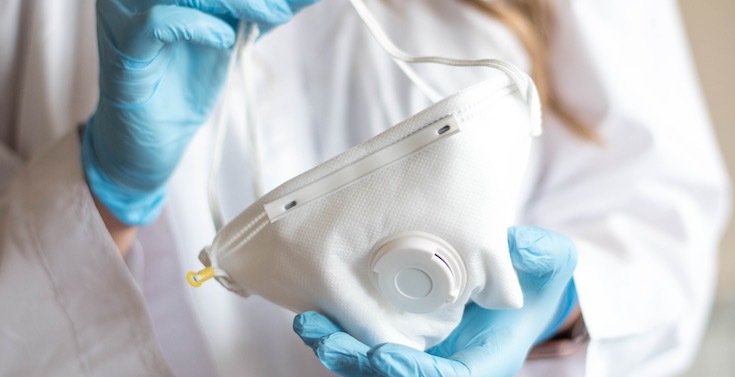 “A vital part of this role is to develop, co-ordinate and provide appropriate education and training to enable the delivery of a safe service… Health Protection Practitioners are not only here for IPC but also for support.”
“A vital part of this role is to develop, co-ordinate and provide appropriate education and training to enable the delivery of a safe service… Health Protection Practitioners are not only here for IPC but also for support.”In this article, Amira shares what it’s like to work as Health Protection Practitioner for a local council, as well as explaining who they work with and the responsibilities that come with the role.
My current role is as a Health Protection Practitioner as a part of public health, working in a local authority. This is a grade 10 role in the council and equivalent to a band 7 in the NHS. This is typically a non-clinical role in the sense that it is office based, or in some cases work from home. The hours are usually Mon-Fri, 9am-5pm.
Who Do HPPs Work With?
For this role you will need to be a Registered Nurse. You will work alongside consultants in Public Health, Nurse Consultants with knowledge of Health Protection, Emergency Planning colleagues and several partner organisations to identify all the requirements needed to ensure that the local authority meets its statutory obligations and exercises the local authority’s functions in planning for and responding to emergency situations.
This means going through workplans with consultants in Public Health for the current years and future to outline key priorities, as well as working with Emergency Planning colleagues to ensure that the local authority has plans and standard operating procedures in place for emergent situations.
For example, in the unfortunate event of another pandemic or lockdown, the Health Protection Team would carry out their action plan to ensure that residents would not be put at risk and to ensure life can go back to normal as soon as possible. This is also to ensure business continuity.
Supporting Health & Social Care Providers With IPC
One of the main purposes of this role is establishing and then supporting health and social care providers to maintain infection prevention standards. This provides the Director of Public Health and the Clinical Commissioning Group with measurable and auditable assurance in respect of this area.
As Health Protection Practitioners, we provide support to different types of health and social care settings; these range from nursing care homes to assisted living facilities. We use an audit tool to ensure that these settings are maintaining the 10 standards of infection control precautions.
The 10 Standards of Infection Control Precautions (SICPs) are:
• Patient assessment for infection risk,
• Hand hygiene,
• Respiratory and cough hygiene,
• Personal protective equipment (PPE),
• Safe management of equipment,
• Safe management of environment,
• Safe management of blood and body fluids,
• Safe management of linen,
• Safe disposal of waste (including sharps),
• Occupational safety,
• And Exposure.
After completing the audit, we can look at the areas where care settings need to improve. We then provide them an action plan which we expect to be completed and sent back within 2 weeks. Obviously not all actions can be done straight away, but as long as managers or the IPC (Infection Prevention and Control) link is aware and understands the rationale, we can leave certain actions as long-term. Overall, we ensure that care settings have IPC measures in place to protect our residents.







About this contributor
Health Protection Practitioner
I’m Amira, I qualified as an Adult Nurse over a year ago and I have been working in theatres since qualifying. I am an adult trained nurse working in a paediatric hospital. I specialise in spines, trauma and orthopaedics. Outside of work I am a keen baker and fitness enthusiast.
More by this contributorWant to get involved in the discussion?
Log In Subscribe to comment